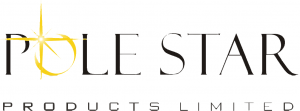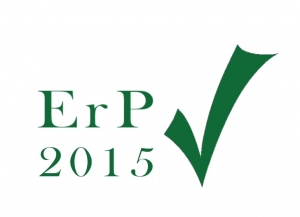Understanding ErP
What are the ErP Regulations?
The Kyoto Protocol is an internationally recognised climate change agreement were members agreed a target reduction of energy use of 20% by 2020. ErP (Energy related Products) regulations were put into place to help reduce energy consumption in an effort to meet this 20% target reduction.
The Directive covers all products with motor input power ratings from 125W up to 500kW. Manufacturers are required to design and build “Eco friendly” products that minimise energy consumption and maximise motor/fan performance.
Regulations first came into effect on 16th June 2011 which related to electric motors rated between 0.75kW and 375kW. On 1st January 2015, efficiency targets for electric motors were increased.
The main ErP Directive: 2009/125/EC, ensures standards have been developed for each specific product group for use within the EU. Regulation (EU) 327/2011 applies to fans . and Regulation 640/2009 covers Electric motors and their construction. There are some exceptions, but most products that use energy will be affected by the ErP Directive.
It is a legal requirement to use IE3 motors, or IE2 motors with a variable speed drive. Where airstream rated motors are used, IE2 or even IE1 efficiency grade motors can be used as long as the combined fan and motor efficiency is greater than that defined within the fan regulation 327/2011. Any fan or motor with input power ratings from 125W up to 500kW must comply with the ErP directive.
How is the efficiency worked out?
Fans are rated taking into account the combined motor and impeller efficiency to give a Fan Motor Efficiency Grade (also referred to as “N” grade) which is then checked against the minimum pass grades stated within the 327/2011 regulations.
Products that do not meet the required “N grade” will not be ErP compliant, which in turn means that a CE mark cannot be affixed to them. The CE Mark is a legal requirement for products sold into the EU.
There is a legal requirement to affix a label which shows 5 key pieces of ErP information, the “N grade”, the measurement category, the efficiency category and the overall efficiency of the product at its optimum energy efficiency point – also, if applicable, that the efficiency grade has been reached using a variable speed drive (VSD)/Inverter.
Some fans which are designed to be used in hazardous conditions are not required to comply with this directive. ATEX fans, high temperature fans (operating at temperatures above 100°C) or smoke extract fans designed for single emergency use are the most common exemptions.

